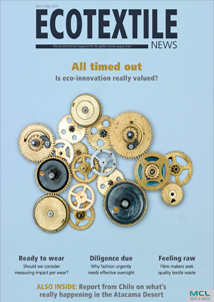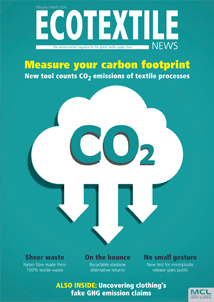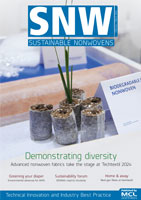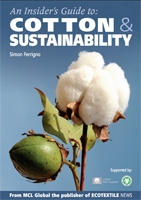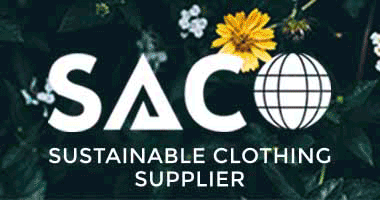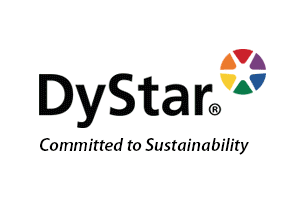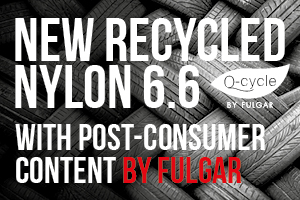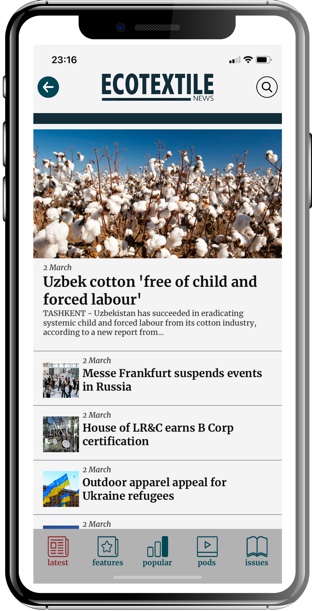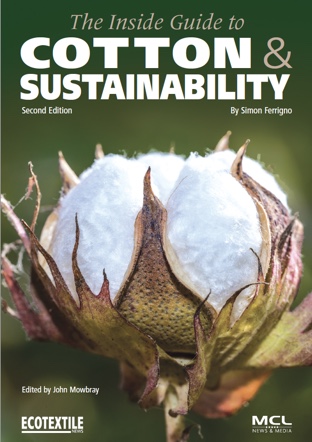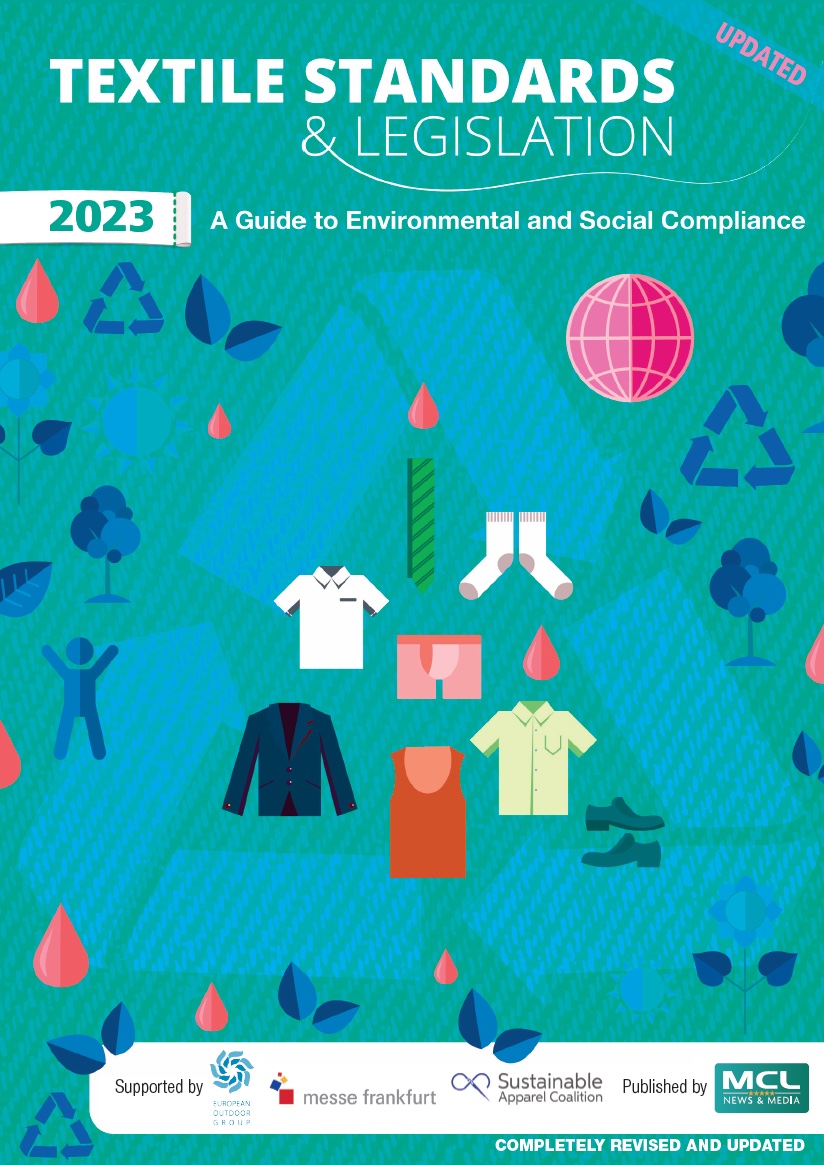EDINBURGH – A top research analyst specialising in the nylon sector warns the industry will suffer a new period of turbulence in 2019; saying that new environmental regulations coupled with feedstock supply issues will result in further volatility and textile fibre substitution.
“The significant increase in polymer prices, in particular PA (polyamide) 6,6 in 2018, has dramatically changed the criteria for choosing materials for industrial, textile fibres and engineering plastics,” said Quentin De Carvalho, head of nylon/polyamide at Woodmac – a global research consultancy. “The grey zone between PA 6 and PA 66 is expected to become more complex as other materials, such as PBT, become realistic alternatives (to nylon).”
Polybutylene terephthalate (PBT) is one type of polyester that he says is becoming more interesting as an alternative to nylon with textile suppliers in Asia – due to its more attractive price points and because it also has inherent stretch properties, De Carvalho told Ecotextile News: “PBT has a natural elasticity that can avoid uses of elastane for swimming clothes.”
Some textile industry observers agree that because the engineered plastics sector pays higher prices for polyamide – activewear and outdoor brands may need to look at fibre substitution due to price and lack of availability. “It’s a question of which industry will dump polyamide 6,6 first,” one synthetic fibre expert told us.
This example of market forces also has implications for how circular business models can operate in the textile sector.

















